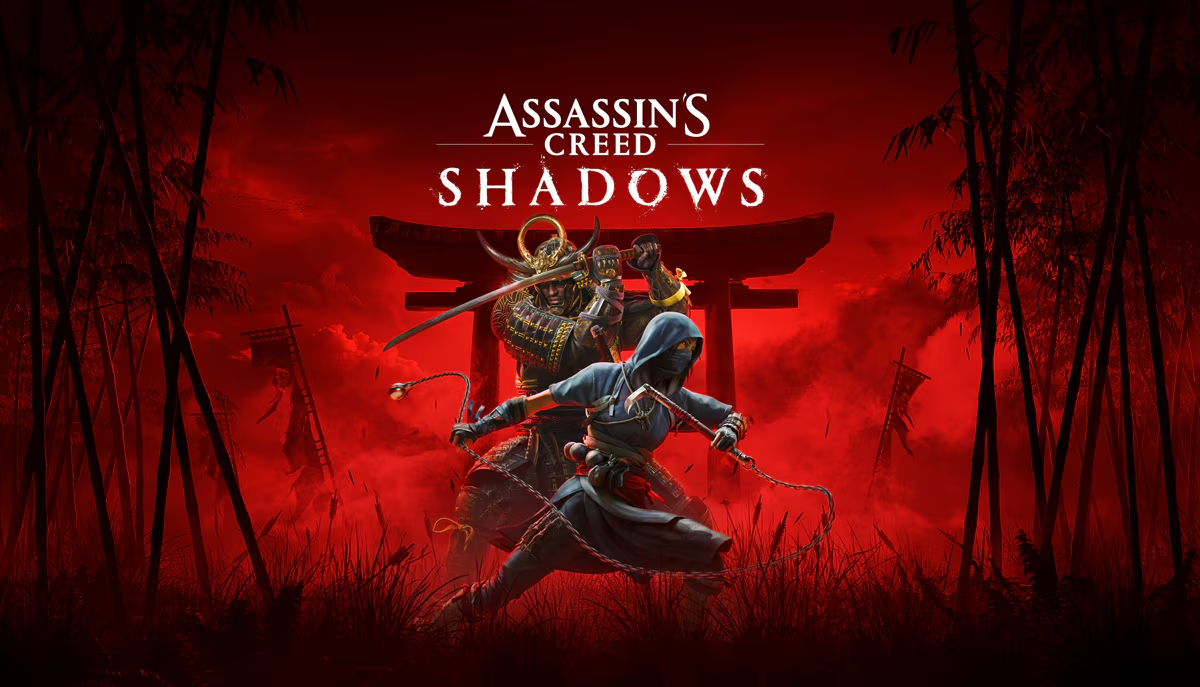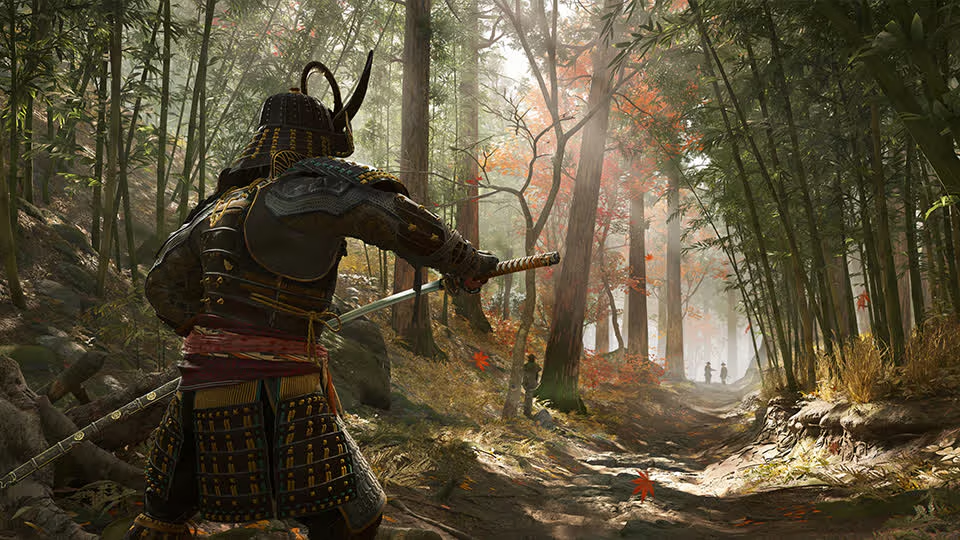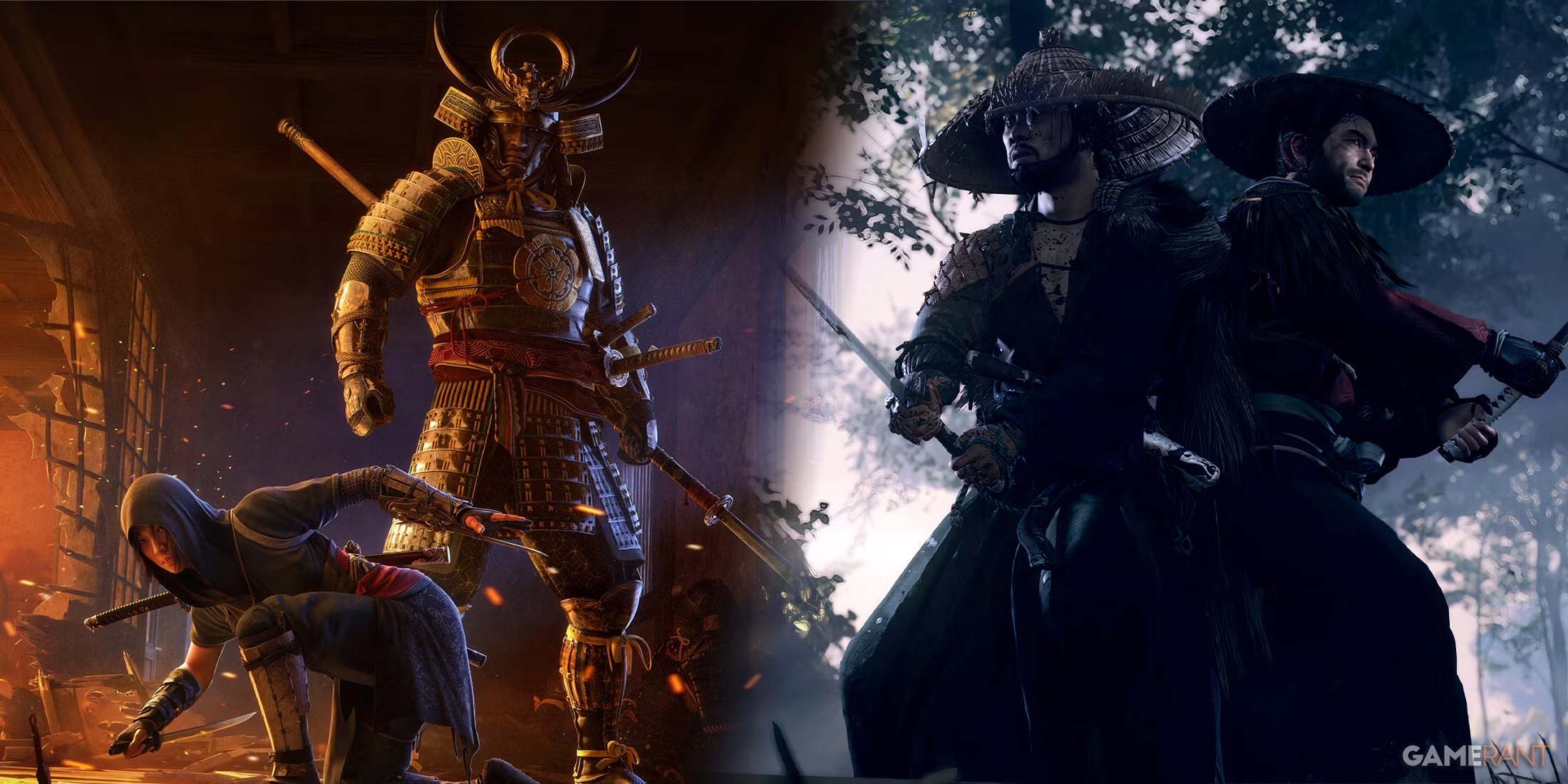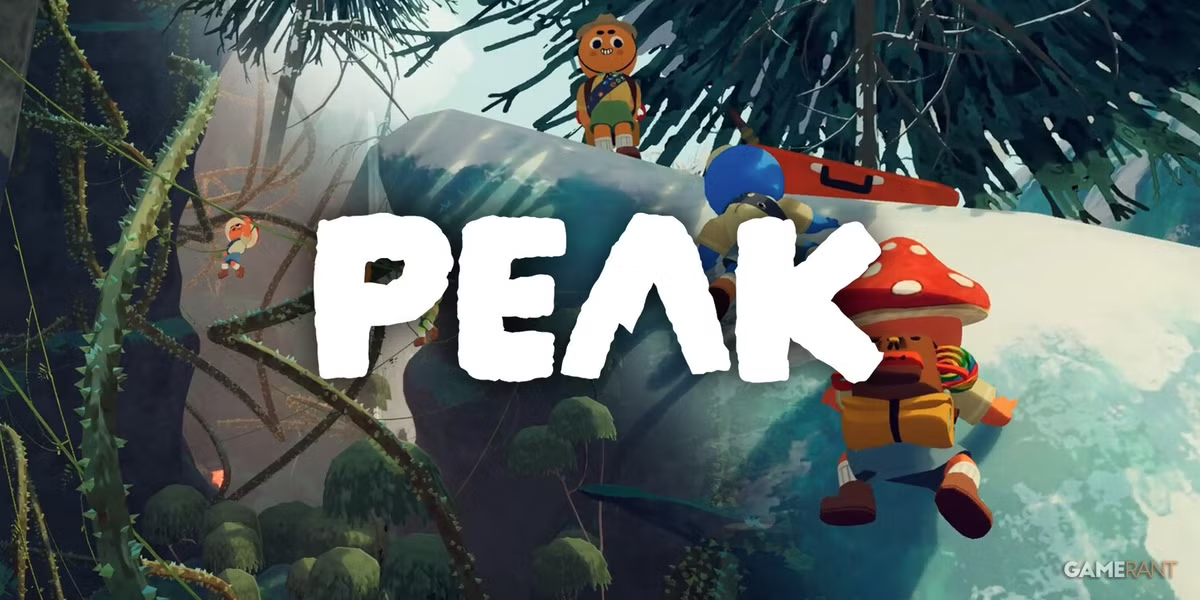Popular Now
1. A New Era: Setting and Narrative
Feudal Japan: A Rich Tapestry
The game transports players to the Sengoku period, a time of political intrigue and samurai honor. Cities like Kyoto and Edo are meticulously recreated, offering a blend of bustling urban centers and serene rural landscapes. Players can explore sprawling castles, hidden ninja villages, and mist-shrouded valleys, each brimming with historical significance.
Dual Protagonists: A Tale of Honor and Shadows
Assassin’s Creed Shadows introduces a dual-protagonist system, allowing players to experience the story from two distinct perspectives. One protagonist is a samurai bound by honor, while the other is a ninja operating from the shadows. This narrative approach provides a multifaceted view of the era's complexities, emphasizing themes of loyalty, betrayal, and the blurred lines between right and wrong.
2. Revamped Stealth Mechanics: The Shadow Arts System
Dynamic Camouflage and Sound Manipulation
The traditional stealth mechanics are overhauled with the introduction of the "Shadow Arts" system. Players can now blend into their surroundings using dynamic camouflage techniques, such as merging with the environment or using smoke to obscure vision. Additionally, manipulating ambient sounds allows for misdirection, enabling players to silently eliminate foes without detection.
Mystical Abilities
Drawing inspiration from Japanese folklore, the game incorporates mystical ninja abilities. These powers, while grounded in myth, provide unique gameplay opportunities, such as temporary invisibility or summoning ethereal allies, adding depth to the stealth experience.

3. Combat Evolution: Blade Mastery System
Diverse Martial Arts Styles
Combat is no longer limited to a single fighting style. The "Blade Mastery" system introduces multiple martial arts disciplines, each with its own strengths and weaknesses:
-
Iaijutsu: Quick strikes with high damage but low defense.
-
Nito-ryu: Dual-wielding for fast combos, though with limited range.
-
Naginatajutsu: Long reach and area control, but slower attacks.
-
Sumo: Grappling techniques with high defense, offering limited mobility.
Stance-Switching Mechanics
Players can seamlessly switch between combat stances, adapting to various combat situations. This fluidity allows for dynamic encounters, where players can counter enemy moves, execute devastating combos, and maintain control over the battlefield.
4. Environmental Interactions: A Living World
Dynamic Ecosystems
The game world is alive, with ecosystems that react to player actions. Monsters move freely, predators hunt prey, and the environment changes based on the time of day and player decisions. This dynamic system ensures that no two playthroughs are alike, offering a fresh experience each time.
Seasonal Changes and Environmental Hazards
The passage of seasons affects gameplay. Winter brings snow-covered landscapes, reducing visibility but offering opportunities for stealth. Summer introduces monsoon rains, creating mudslides and flooding, altering traversal routes and combat strategies.
5. Advanced AI: Reactive Enemies and Allies
Intelligent Foe Behavior
Enemies are not mere obstacles but intelligent adversaries. They adapt to player tactics, set traps, and coordinate attacks. This heightened AI ensures that players must continuously evolve their strategies to succeed.
Companion Dynamics
Allies, including fellow assassins and samurai, have distinct personalities and combat styles. Their reactions to player decisions influence their effectiveness in battle and their willingness to assist in missions.
6. Exploration and Traversal: Beyond the Horizon
Verticality and Parkour
The game's traversal system emphasizes vertical movement. Players can scale walls, leap between rooftops, and navigate dense forests with agility. This emphasis on parkour-style movement enhances exploration and stealth opportunities.
Mounts and Guided Travel
To facilitate exploration, players have access to mounts that can automatically guide them to objectives. These mounts are not just transportation but integral to the narrative, with each having its own backstory and significance.

7. Crafting and Customization: Personalizing the Experience
Weapon and Armor Crafting
Players can craft and upgrade weapons and armor using materials gathered from the environment. This system allows for personalized gear tailored to individual playstyles, whether focusing on stealth, combat, or resilience.
Cosmetic Customization
Beyond functional upgrades, the game offers extensive cosmetic customization. Players can alter the appearance of their characters, mounts, and gear, ensuring a unique visual identity in the game world.
8. Progression and Skill Trees: Growing in the Shadows
Dual Skill Trees
Each protagonist features a unique skill tree aligned with their playstyle. The samurai focuses on strength, resilience, and open combat, while the ninja tree emphasizes agility, stealth, and deception. This bifurcated system encourages replayability and experimentation.
Reputation System
The reputation system determines how the world reacts to the player. High honor leads to alliances with noble factions, while embracing the shadows unlocks underground networks and illicit upgrades.
9. Integration with Historical Events and Figures
Real Historical Characters
Famous historical figures from feudal Japan are integrated into the narrative. Characters like Oda Nobunaga and Hattori Hanzō play crucial roles, sometimes as allies, sometimes as foes, depending on player choices.
Alternate History Threads
In true Assassin’s Creed fashion, the game blends fact and fiction. Through the lens of the Animus, players explore alternate versions of historical events, adding layers of intrigue and depth.

10. Multiplayer and Community Features
Co-op Missions and Raids
While primarily a single-player experience, Shadows includes optional co-op content. Players can team up to tackle fortress raids, clan missions, and seasonal events, blending the narrative with community-driven play.
Player-Created Contracts
A robust mission creation system lets players design and share custom assassination contracts. These are integrated into the game world and can be discovered organically, offering endless replayability.
Conclusion
Assassin’s Creed Shadows represents a monumental leap for the series. By grounding the experience in the rich history of feudal Japan and infusing it with cutting-edge gameplay innovations, Ubisoft is not just delivering another installment, but redefining what the franchise can be. With a dual-protagonist narrative, revolutionary stealth and combat systems, and a world that breathes with life, Shadows is poised to become a new benchmark for the open-world action genre.















